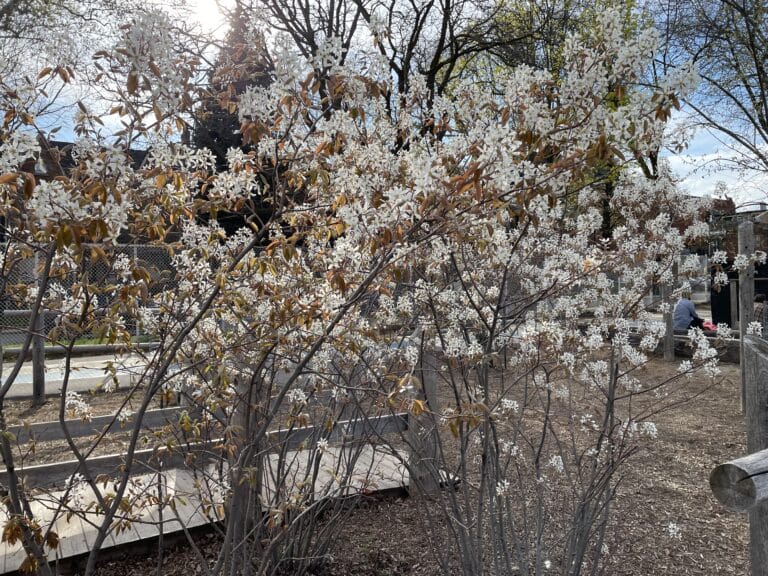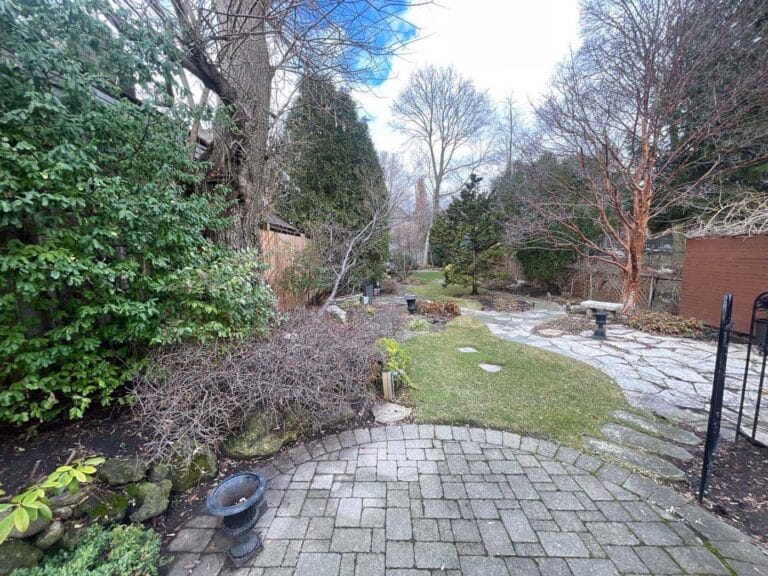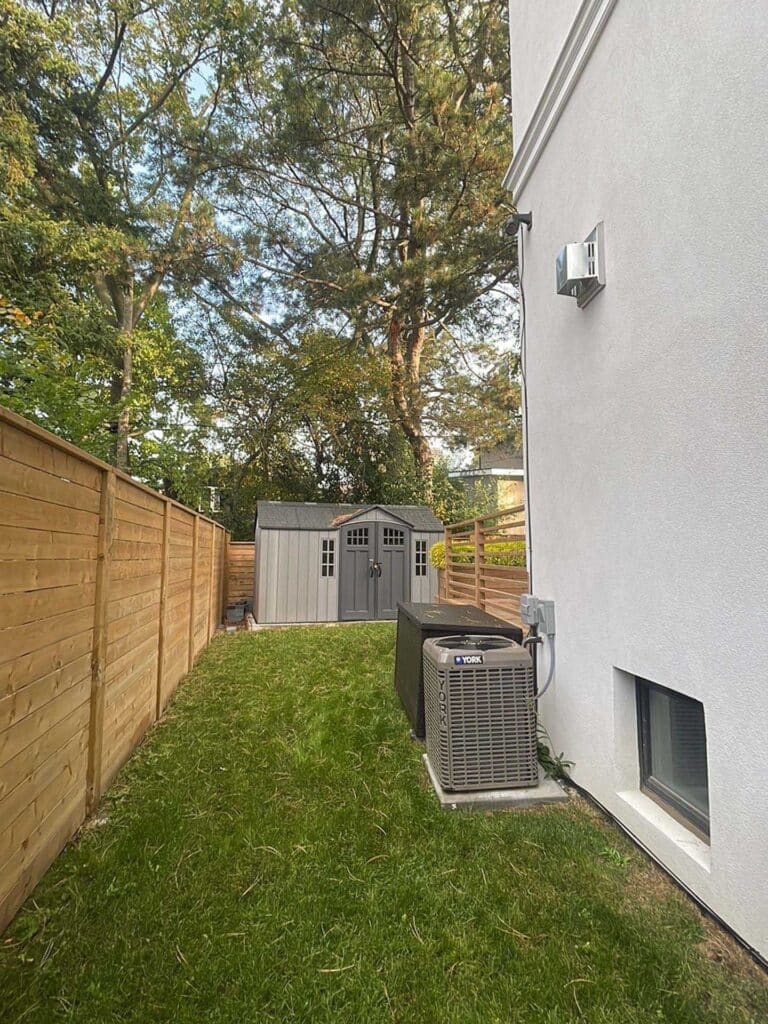Phytophthora Can Be Treated
What is phytophthora root rot? Despite the tongue-twisting name, it’s a common issue in Ontario plants, but it can often go unnoticed.
Phytophthora is a common disease in both landscape plants and crops in southern Ontario. Caused by an organism similar to fungi, also called a water mould (or oomycete), there are 59 species of phytophthora. All result in disease in plants.
Since it attacks from the roots, phytophora tends to be a fatal infection in young trees without well-established root systems. Phytophora also causes big problems for farmers in many crops across Canada, like raspberries and soybeans.
Which Plants Does Phytophthora Affect?
Phytophthora can attack everything from garden plants to street trees to crops. Some common species it attacks that we can treat include oak, maple, beech and fruit trees, like apple and cherry, along with shrubs or small trees like boxwood, dogwood, holly, hemlock and rhododendron.
You might also find phytophthora in your vegetable garden, in plants like tomatoes, peppers and eggplants.

Phytophthora is often seen in plants with poor drainage. Excess moisture creates ideal conditions for the organism to spread. Wet and compacted soils are phytophthora’s preferred place to spread.
Diseased roots become discoloured and fall apart easily. However, it can take a long time, even years, before you may notice signs of root rot aboveground. Over time, untreated phytophthora can also cause rot in the collar and crown of the tree.
What Are the Signs of Phytophthora Root Rot?
Leaves begin to wilt in a plant affected by phytophthora. They may turn a dull green colour, yellow, or red. Bark will also be damp and discoloured and may smell unpleasant. You may see damage at the base of the trunk.
Disease leaves plants vulnerable to infection from other pests, diseases and predators. In later stages, phytophthora may lead to the plant becomng infected by other insects and pests.
Phytophthora Treatment in Toronto
If you suspect your trees are suffering from phytophthora root rot, call in an arborist to have your trees checked out. We can investigate the cause of the damage and recommend treatment for Phytophthora or an alternate ailment if needed. It can often be difficult for homeowners to detect the source of tree damage.
We can treat phytophthora by improving drainage and planting for your tree or shrub. The root collar, or the area where the roots start to spread out from the trunk, should be exposed, not under soil or mulch.
Your tree or plant’s planting site should be properly drained. If the drainage is insufficient, we can assist with solutions for better drainage for the bed. We can test your soil and help you improve soil quality around your tree or plant.
For garden areas with multiple smaller plants, it may be appropriate to relocate some plants in order to pair plants with similar drainage needs.
To treat the infection in trees, we apply a systemic fungicide injection. This is best done in fall or spring weather. The fungicide will help kill the fungus while helping with new root growth. Improving soil quality helps ensure that roots, rather than phytophthora, keep growing.
Are your trees or shrubs looking yellowed and damp? If you think your plants may have phytophthora, contact Vista Tree Management for your consultation.








